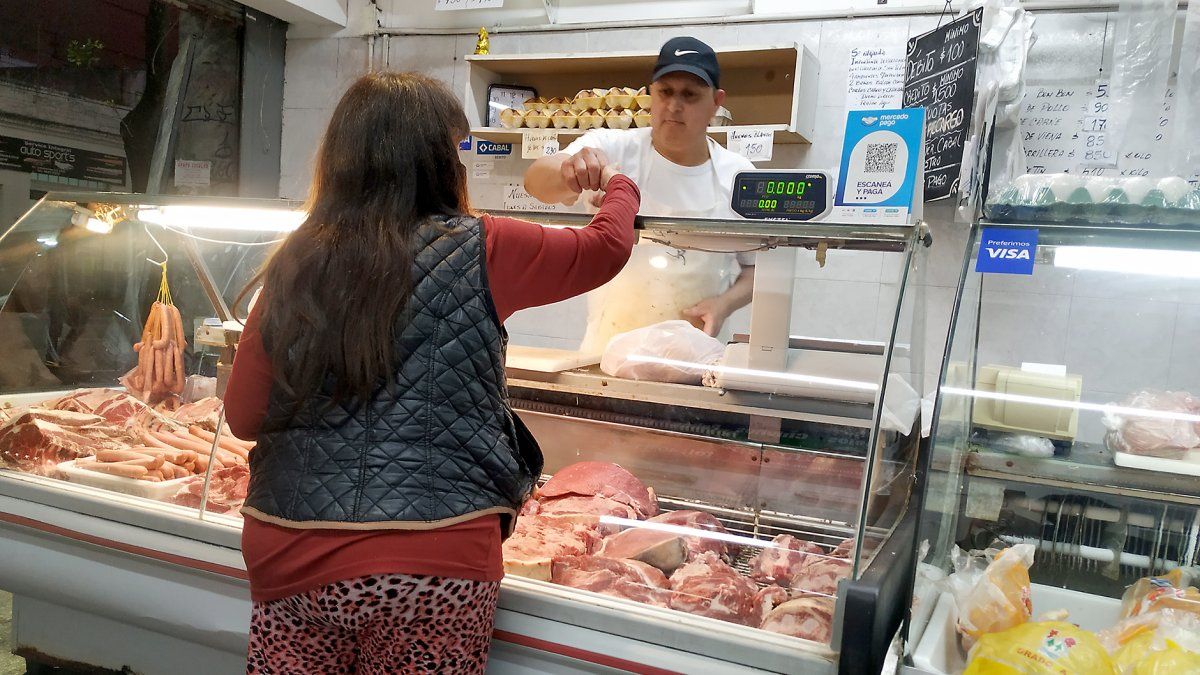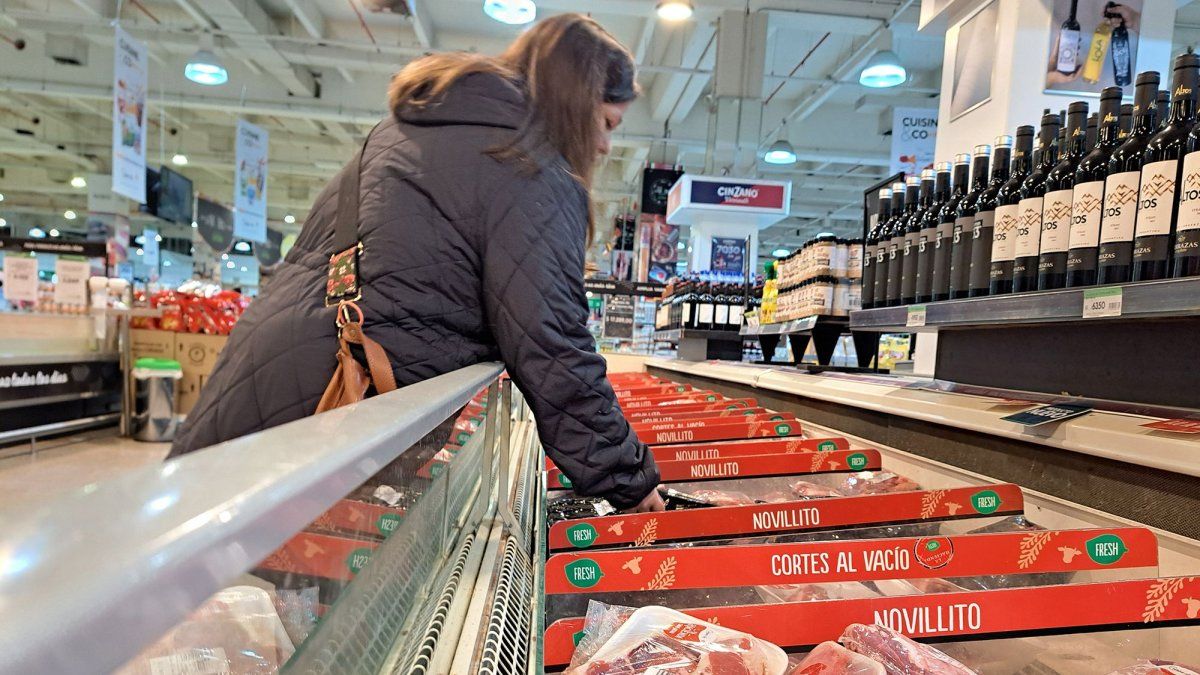The increase was driven by meat (18%) and fruits and vegetables (10.3%). On the side of beef cuts, the 17.9% increase in roasts stood out; 18.9% in the shoulder and 18.4% in the loin ball. For its part, within vegetables, chard rose 31.6%. “Warehouse products”, for their part, climbed 4.8%.
It is not an isolated piece of information: in the different indices prepared by the consultants, it can be observed that the item “food and beverages” climbed considerably above the general level of inflation estimated for February.
By case, the CPI GBA that measures ecolatin climbed 6.6% last month (recorded a variation of 6.4% in January) and the consultant explained that “The rise was mainly driven by the strong increase in the Food and beverages chapter (+10.6%), which explained 57% of the general level, exhibiting the highest incidence since September 2016.”
“Its importance was such that, excluding this item, the CPI would have climbed 4.4%. As we expected, the increase was driven mainly by the jump in bovine meat prices (+25.8% m/m), which responded to the increase in the price of live cattle more associated with domestic consumption, which was of 50% from the second half of January. Thus, bovine meat explained 1.3 pp of the increase in the general level. The increases in Fruits (+17.9%) and Vegetables (+10.4%) were also notable, which remain at high levels due to a lower supply due to the drought”, They detailed from the firm.
For their part, they stressed that “The Consumer Price CPI, which contains packaged prices and is covered by the ‘Fair Prices’ program, remained relatively more contained: registered 4.1% for the third consecutive month, 2.1 pp below the average for the September-November quarter (prior to the agreement)”.
Surveys
The data varies according to the basket surveyed by each consultant, but in all cases food and non-alcoholic beverages rose above the estimated general level. For example, according to Focus Market, this item climbed 7.2%.
When explaining some of the reasons for this increase, Damián Di Pace, director of the firm, said: “Fair Prices are part of a portion of retail sales in mass consumptionbut they do not solve the problem of the fall in the demand for money of the Argentine peso and loss of purchasing power that manifests itself with price variations in basic categories in the month of February. The average increase in the bovine meat item made the food category jump due to its level of incidence in the food basket of Argentines, despite still being below year-on-year inflation”.
For their part, from Eco Go they pointed out that “the survey corresponding to the fourth week of the month registered a variation of 0.9% in food prices compared to the previous week.” “With this data, the inflation of food consumed at home in February would climb to 7.7% per month”they highlighted.
Meanwhile, from C&T, they explained: “February is usually a month of relatively low inflation, but this was not the case this year. To a large extent, this abnormal behavior was due to the 9.2% rise in the food and beverages category, the one with the highest weighting. In general terms, there was an acceleration of all its main components, but the most outstanding aspect was the 20% increase in meat, a process that had already started in January and that was accentuated in February”.
Source: Ambito




